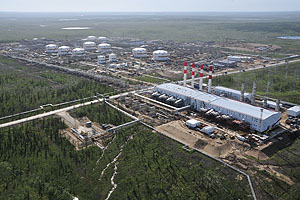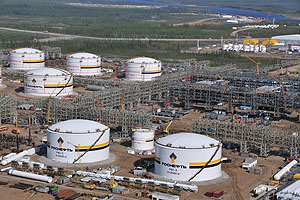Please activate JavaScript in your browser to use all interface options.
Vankor’s Millions
08 July 2010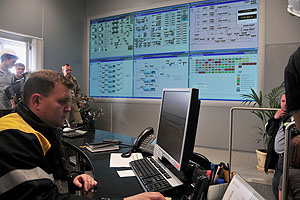 |
In the first quarter of 2012 production at Vankor oil and gas field reached 3.968 million tonnes of oil (as of March 27, 2012), which is 218,000 tonnes (6%) more than targeted in the business plan. This also represents a 21% increase year-on-year (of 690,000 tonnes). Over 12.7 million tonnes of oil were produced at the field in 2010, a figure that increased to 15 million tonnes in 2011. In 2012 oil production is planned to reach 18.001 million tonnes.
On 6 August 2011, the Vankor field yielded its 25-millionth tonne of crude since production began.
Daily production currently stands at 315,000 barrels. This year, Vankorneft, a subsidiary of Rosneft that is developing the field, is planning to produce 15 million tons of oil, two million tons more than in 2010. The increase will come from the launch of new wells and field infrastructure. For instance, four well pad sites were brought onstream in March-April. Currently, 12 teams are drilling production wells at the field.
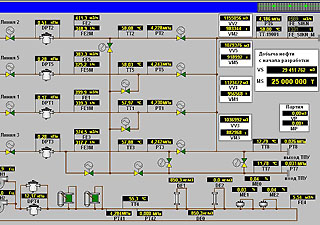 |
Vankor’s production facilities include a preliminary water removal unit with a reservoir pressure maintenance shop (UPSV-South), a diesel fuel production shop with a 50,000 tons per year capacity (for internal consumption), and a gas treatment unit. Three oil-pumping stations (NPS-1, NPS-2 and KNPS) have been constructed and operate along the 556-km Vankor-Purpe (Yamal-Nenets Autonomous District) 820-mm pipeline, which delivers oil from the field to the Transneft system. Advanced anticorrosion technologies will ensure the safe operation of this main pipeline for 35 years, or during almost all of the field’s estimated life. Four stations utilizing the latest technology are used for oil spill prevention, localization and response (both at the field and the pumping stations).
The Vankor field is being developed by Rosneft’s upstream subsidiary Vankorneft, headed by its director Igor Protsenko.
The Vankor project has also involved constructing over 150 kilometers of infield pipelines, 60 kilometers of gas pipelines, around 100 kilometers of motorways, 700 kilometers of power-transmission lines, a crude oil tank farm with a capacity of over 140,000 cubic meters, and newly built camps for contractors and 2,000 oilfield workers. A total of 425 development wells will be drilled at the field, including 307 horizontal wells. The field will be developed using state-of-the-art Russian and international research, methods and technologies ensuring high cost-efficiency, reliable operations and environmental safety. It should be noted that about 80 percent of the equipment currently used at the field is Russian-made.
Production at the field is scheduled to be 14.8 million tons in 2011. At its peak, production at Vankor will reach, according to current field-development plans, 25 million tons annually.
Commercial production at the Vankor field began in August 2009. A commissioning ceremony on that occasion was attended by Vladimir Putin, Chairman of the Russian Federation Government, Anatoly Kvashnin, plenipotentiary representative of the President of the Russian Federation in the Siberian Federal District, Sergey Shmatko, Russian Federation Minister of Energy, Alexander Khloponin, then Governor of the Krasnoyarsk Territory, and representatives of various subsidiary and partner organizations, ministries and agencies.
|
|
|||||
|
|
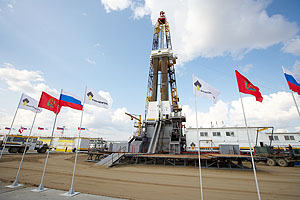 |
Vladimir Putin addressed the ceremony by saying: “Vankor is the first and hence a significant step toward implementing a wide-range strategic project for the integrated development of hydrocarbon fields in the northern part of the Krasnoyarsk Territory and the Yamal-Nenets Autonomous District. A new Russian oil- and gas-bearing territory is to be created here in the coming years.” “According to experts, this territory will additionally produce over 115 million tons of oil and condensate annually, thereby making a major contribution in strengthening the Russian economy’s raw materials base, our export potential, making it possible to fully utilize promising eastern and northwestern routes and to participate in filling both the Eastern Siberia- Pacific oil pipeline and the second stage of the Baltic pipeline system,” said the head of the government.
According to Putin, this project will also provide substantial impetus for developing the region’s economy and the social facilities in the Krasnoyarsk Territory and Yamal, and will replenish local budgets.
The prime-minister noted that the implementation of such “truly ambitious” industrial projects will help Russia’s economy to cope faster with the consequences of the crisis, and to promote investments not only in the fuel and energy sector, but in other areas as well.
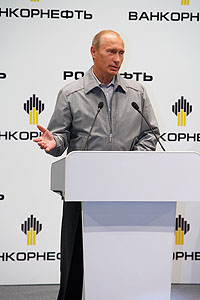 |
| The launch ceremony was attended by the Prime Minister of Russia Vladimir Putin |
Vankor’s recoverable reserves are currently estimated at 524 million tons of oil and gas concentrate and 106 billion cubic meters of gas. Additional prospecting in the licensed areas around the field may add considerably to the territory’s reserves.
Based on current international oil prices, the implementation of the Vankor project is projected to ensure overall budgetary receipts at various levels of RUB 4.5 trillion, nearly half of Russia’s current annual budget, during the field’s development period.
The Vankor field was discovered by Soviet geologists back in 1988, though no steps were taken to develop it at that time. In 2003, Rosneft publicly took over Anglo-Siberian Oil Company which held a license for the Vankor field at that time. (The first time a Russian company had acquired a foreign company traded on the London Stock Exchange).
Vankor is now one of the largest projects in Russia. Over 150 equipment suppliers, including 65 manufacturers, are involved in its implementation. The total equipment costs exceed RUB 50 billion. Some 450 contractors and subcontractors participate in the project.
A unique oil treatment and water removal line (UPSV-South) brings the crude oil up to commercial standards by separating oil, water and gas (permissible water content in the final product is less than 0.5 percent). The full design capacity of the UPSV system is 13.5 million tons annually, while that of the first UPSV-South unit is 7.0 million tons. It is noteworthy that the current capacity of oil treatment lines in Russia is usually less than 3 million tons of oil per year. The only other line in the country which can be compared with Vankor is operating as part of the Sakhalin-1 project, and has capacity of 6 million tons.
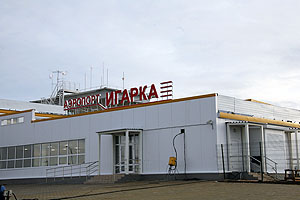 |
Electric power for the Vankor field facilities will be supplied by an autonomous 200-MW gas-turbine power plant and two 42-MW gas-piston power plants currently under construction. These plants will use associated petroleum gas as their main fuel. The total length of all transmission and distribution lines will exceed 770 kilometers.
Year-round personnel and cargo transportation to the Vankor project will be facilitated by its base airport in the city of Igarka about 150 kilometers from the field, which is currently undergoing RUB 3 billion of upgrades. The airport will be able to accommodate first-class aircraft (IL-76, IL-86), while its hotel and departure lounge will offer comfortable accommodations for up to 200 people. The airport is already operational with an annual passenger volume of about 100,000.
Today Vankor is the key site for innovation in Russia’s oil industry, applying state-of-the-art drilling and oil- and gas-producing technologies. The Vankor field development and pipeline construction project is the result of cooperation between the best Russian and Western experts with extensive experience in drilling and construction operations in the North. It takes into account virtually all international best practices starting from the application of advanced technologies and ending with environmental protection measures. The use of a whole array of modern computer design methods as well as advanced construction technologies for surface facilities has considerably reduced the field’s launching period. The so-called “high preparedness level” technological modules used in the construction of facilities have reduced on-site construction and installation time by 70 percent, while verification checks performed by the manufacturers on the modules have improved their quality.
Advanced technologies are used at Vankor in all stages of the field preparation and development. Hydrocarbon reserves were initially estimated at 125 million tons, while peak production was projected at 12 million tons per year. Advanced geological and development technologies produced an increment of reserves per exploration well which is 30 times higher than the average achieved in Russia and 15 times higher than average worldwide. Horizontal drilling brought about a three-fold reduction in the well stock and a multifold increase in the initial well flow rate. Reservoir pressure maintenance by gas injection made it possible to raise the oil recovery factor from 0.340 (Russia’s average) to 0.434, and to find a partial solution to the associated gas use problem.
The well drilling operations also involve advanced technologies. Rotor-controlled systems increased overall drilling efficiency by 2.5 times, while the use of smart well systems for inflow management produced over 500,000 additional tons of oil in two years.
Wear-resistant equipment used at the field ensures a flow rate of up to 1,500 tons per day (over 430 tons per day on average compared to the national average daily flow rate of 39.5 tons).
 |
The project takes an integrated approach to environmental safety based on the use of special-purpose vehicles with ultra-low pressure tires to protect the vegetation cover of the tundra.
The Vankor development project provides for maximum use of associated petroleum gas in the field’s production cycle. The gas (its volume exceeds 1 billion cubic meters per year) will mainly be consumed by a gas-turbine power plant. In order to maintain the reservoir pressure, 2.5 billion cubic meters of associated gas will be re-injected annually. There are plans to deliver up to 5.6 billion cubic meters per year to Gazprom’s transportation system.
In order to ensure safe disposal of process gas, a closed system has been constructed at the Vankor project that is unique within Russia. It has no flare, and gas is combusted within a special closed chamber. Such systems remove 99.9 percent of gaseous carcinogens and may be used even in densely populated areas.
A distinctive feature of the Vankor project is its upfront focus on 100-percent management of wastes produced in the course of the field’s development. To neutralize and recycle drilling waste, the project provides for re-injection of crushed and pulped cuttings into a special reservoir. This technology is used in all major oil-producing regions of the world as an advanced environmentally safe waste management practice.
Modern environmentally sound methods have been employed in constructing field roads. The moss topsoil is not cut to landscape the road embankment, and geodrid filled with a peat-and-soil compound and scattered with local perennial grass seed is used for strengthening purposes.
To ensure industrial, labor and environmental safety, risk-reduction measures have been developed and an Integrated Management System has been set up consisting of 50 Standards, which govern interaction with all subcontractors.
Implementation of the Vankor project is vital for the economic development of the Krasnoyarsk Territory, as it creates new jobs, develops the region’s academic and research base, and introduces new, highly-efficient technical solutions into production. The project will provide impetus both for industrial development and the development of transportation, engineering and social infrastructure in the northern areas. Over 100 new companies have been established in the Turukhansky Region of the Krasnoyarsk Territory alone, and a very large investment has been made in the development of the territory’s social infrastructure facilities; Rosneft has invested over RUB 250 billion alone in the Vankor project, a major portion of the territory’s overall economic investment. It is noteworthy that the taxes paid on the oil, which was produced PRIOR to the field’s commissioning, were around RUB 5.5 billion.
The Vankor field has offered a site for implementing many social programs, including such major projects (apart from the Igarka airport) as support for the Turukhansky District and the construction of an Oil and Gas Institute in Krasnoyarsk to be based on the Siberian Federal University and fitted with state-of-the-art equipment. Rosneft has allocated some RUB 700 million for these purposes. The building was commissioned in August 2010. Rosneft’s current plans include establishing a Regional Training Center and a new Research Institute, based on the Siberian Federal University. Vocational colleges and technical schools in the territory offer training in new areas of oil industry expertise (the total number of graduates exceeds 200 students annually).
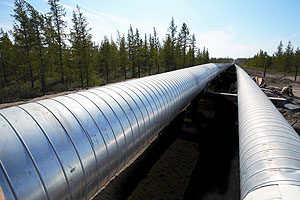 |
Over RUB 1.6 billion has been allocated to upgrade the Igarka airport and improve various facilities within the city. While two years ago the territory’s administration was preoccupied with resettling Igarka’s population to the region’s central and southern areas, following the start of Vankor’s development, Igarka became the economic center of the Turukhansky District. Higher business activity has already had an impact on the number of local jobs.
Rosneft is also implementing a social program in the Krasnoyarsk Territory which involves providing housing, developing production and social facilities, and supporting retired persons and charity, and is steadily increasing funding for these activities.
Rosneft’s development strategy envisions the integrated development of production facilities in various Russian regions, including Eastern Siberia. This region lies in the zone of strategic interest zone for our company, and thus the development of the Vankor group of fields is among our priority projects.
Along with other subsoil areas in Eastern Siberia, Vankor will form a basis for the long-term growth of oil production in the Russian Federation and replace the depleting resources in the traditional oil-producing areas (primarily from Western Siberia, which now accounts for around 70 percent of Russia’s oil output). Vankor’s commissioning will help Russia to reverse this negative trend. Thus the implementation of the Vankor project is an important part of Russia’s energy strategy aimed at ensuring national energy security.
Moreover, Vankor can rightfully be called an integrated development project for Eastern Siberia and the Far East. Its oil will ensure the first stage of the Eastern Siberia- Pacific oil pipeline is filled – a significant contribution to the energy security of Russia, as well as that of the economies of Asia-Pacific. The construction of this pipeline, and hence Vankor’s oil, will serve to restore the economic links between the East Siberian and Far Eastern regions of Russia, and promote their integration with the other economies of Asia Pacific.
In the long run, consecutive commissioning of the Vankor group’s fields will ensure consistently high levels of oil production and supplies to the Asia Pacific economies. Vankor will become the main source of oil supplies to the People’s Republic of China (with some 15 million tons of oil to be supplied annually starting in 2011). Thus, Russia will be able to establish itself in a relatively new, highly-promising and fast-growing market, and ensure its geopolitical interests in the region.
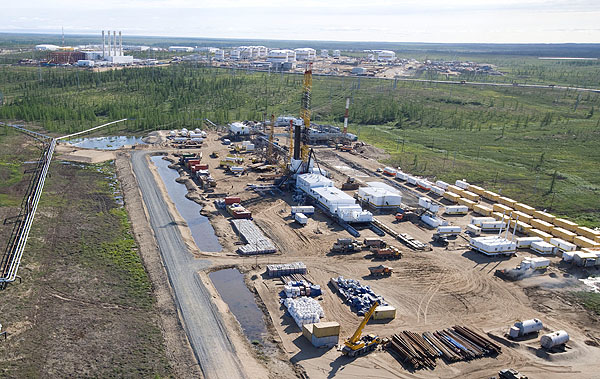 |
| July, 2009. Infrastructure development of Vankor field. Oil field support base and drilling site 4 |
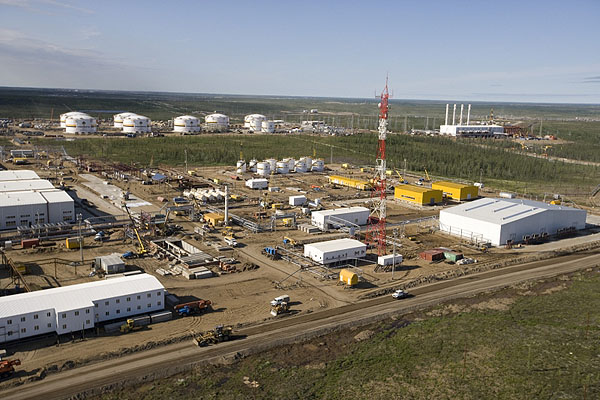 |
| July, 2009. Infrastructure development of Vankor field. Camp, oil field support base, tank battery, gas-turbine power station |
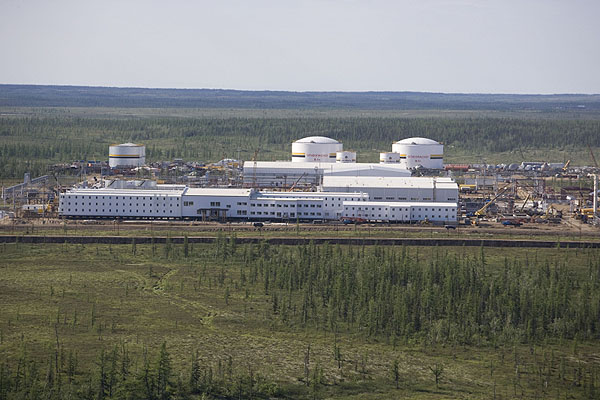 |
| July, 2009. Infrastructure development of Vankor field, Camp, helicopter survey |
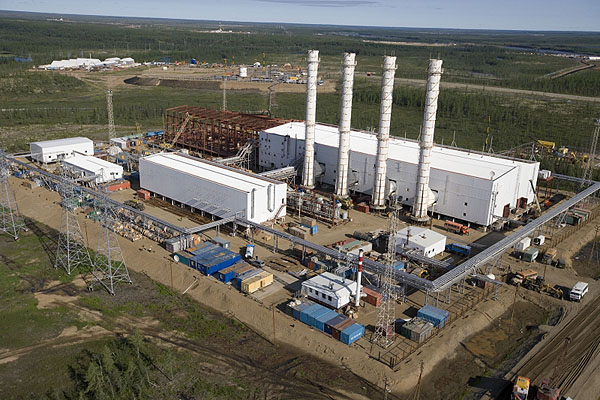 |
| July, 2009. Infrastructure development of Vankor field, Gas-turbine power station Helicopter survey |
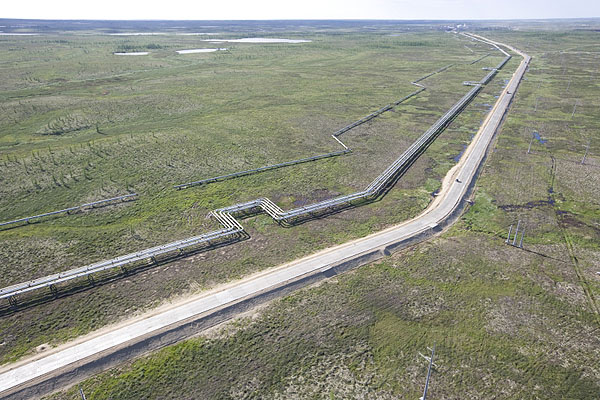 |
| July, 2009. Infrastructure development of Vankor field. Roads, pipeline to Purpe. |
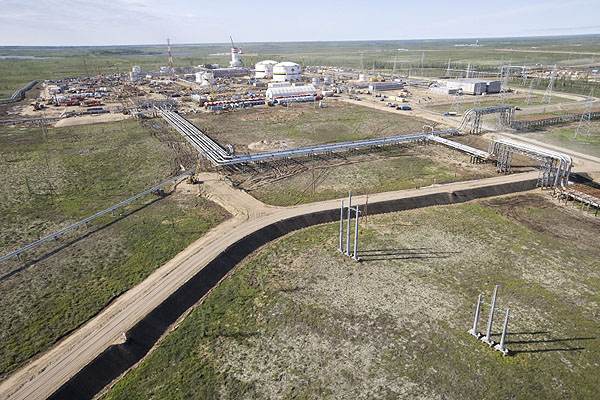 |
| July, 2009. Infrastructure development of Vankor field, Water separation unit, helicopter survey |
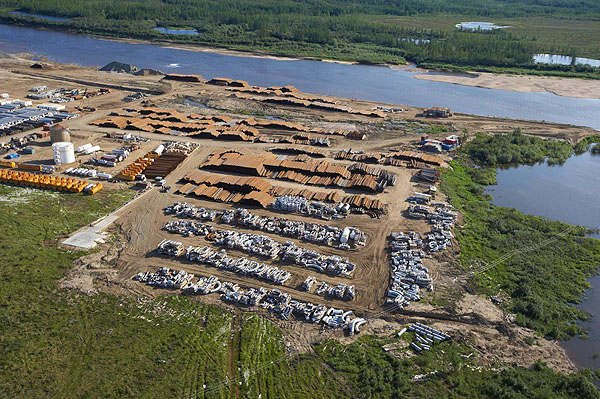 |
| July, 2009. Infrastructure development of Vankor field. Pipe house, helicopter survey |
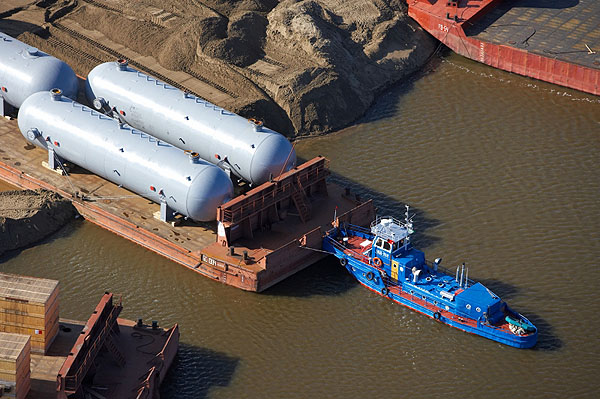 |
| July, 2009. Infrastructure development of Vankor field. Floating by barge the pig receiver |
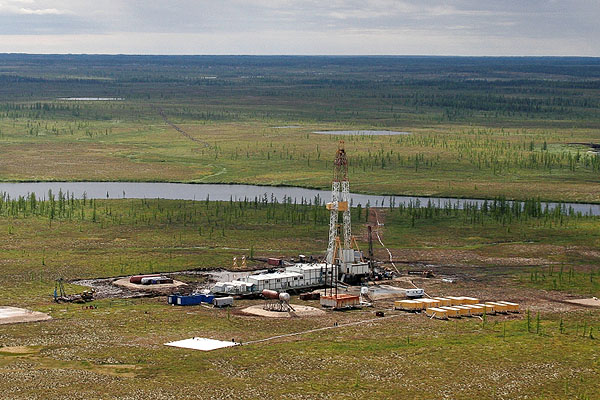 |
| July, 2009. Infrastructure development of Vankor field. Exploratory well |
Rosneft Information Department

-315xx70.png)


